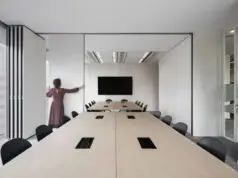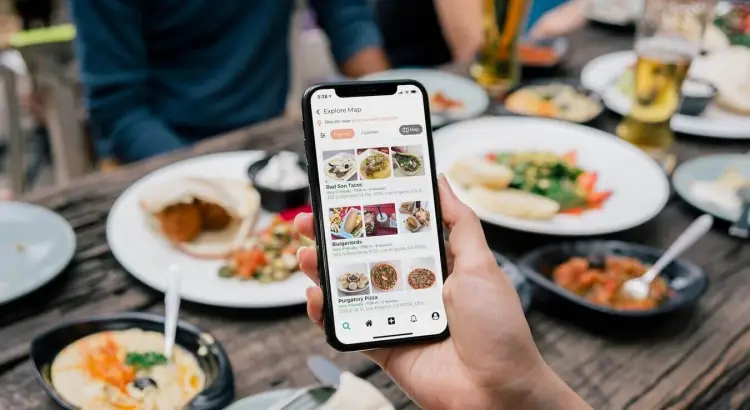
The restaurant industry has witnessed a significant digital transformation in recent years. The rise of technology and evolving customer preferences have paved the way for a more digital dining experience.
Now more than ever, having an online presence has become indispensable for restaurants.
An effective ordering website doesn’t just serve as a mere platform for customers to view the menu; it’s an integral part of the dining experience, a channel for online orders, and a tool for brand building.
Understanding the Importance of an Ordering Website
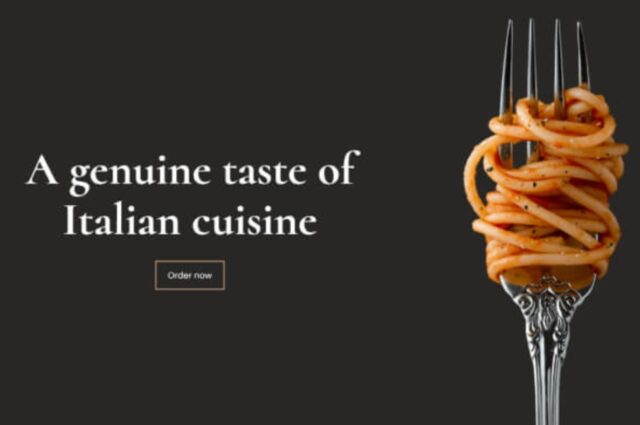
Meeting Customer Expectations
Modern diners are not just looking for great food but also convenience. They want to explore the menu, read reviews, make reservations, and place orders—all from the comfort of their home or on the go.
A dedicated online ordering system ensures that you’re meeting these demands, offering a seamless, efficient experience that aligns with today’s digital age.
Boosting Sales and Efficiency
The potential for revenue growth through online orders is vast. With the elimination of seating capacity restrictions and the opportunity to cater to customers beyond immediate geographic limitations, the digital realm offers a vast audience.
Plus, online orders streamline the ordering process, reducing wait times and minimizing errors, as customers detail their preferences directly.
Building Brand Loyalty
An efficient and user-friendly website can leave a lasting impression. If customers find the process easy and convenient, they are more likely to return and even recommend the platform to others. This not only boosts immediate sales but aids in building long-term customer relationships.
Key Features of an Effective Ordering Website
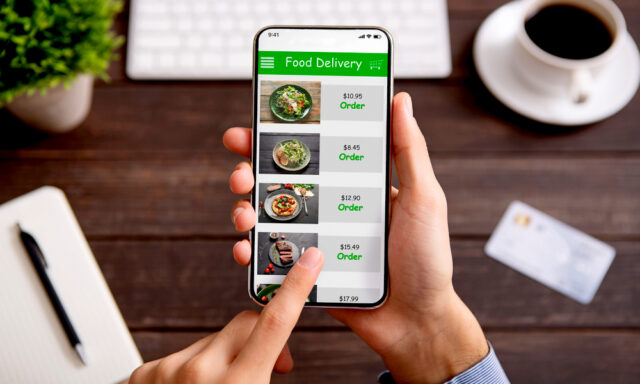
User-friendly Interface
A clean, intuitive design is paramount. Users should be able to navigate, explore, and place orders without any hiccups or confusion.
A user-friendly interface doesn’t merely mean aesthetic appeal; it’s about creating an ecosystem where every element—from typography to color schemes to layout—works harmoniously.
Effective website design anticipates the user’s needs, providing them with relevant information at every step and minimizing the number of clicks needed to reach their goal.
For restaurants, this could mean spotlighting daily specials, ensuring that the menu loads quickly, or simplifying the checkout process.
Mobile Responsiveness
Given that a substantial portion of users access websites on their mobile devices, ensuring mobile optimization is non-negotiable.
It should look and function flawlessly across various devices and screen sizes. The rise of on-the-go ordering makes it imperative for restaurant websites to be accessible and user-friendly on smartphones and tablets.
Delays or glitches in this experience can lead to cart abandonment or lost sales. Furthermore, search engines like Google prioritize mobile-optimized sites in their rankings, so for visibility and better SEO, mobile responsiveness is essential.
Secure Payment Gateways
Building trust is crucial in the digital landscape. Guarantee that you’re offering trusted, secure payment options.
This not only protects your customers’ sensitive data but ensures smooth transaction experiences. Moreover, as cyber threats evolve, regularly updating and maintaining the security of your payment gateways becomes imperative.
A strong security infrastructure can also serve as a selling point, reassuring hesitant customers and reinforcing the reliability of your online platform.
After all, customers are more likely to complete an order if they’re confident their financial information is in safe hands.
Tips for Building an Impactful Ordering Website
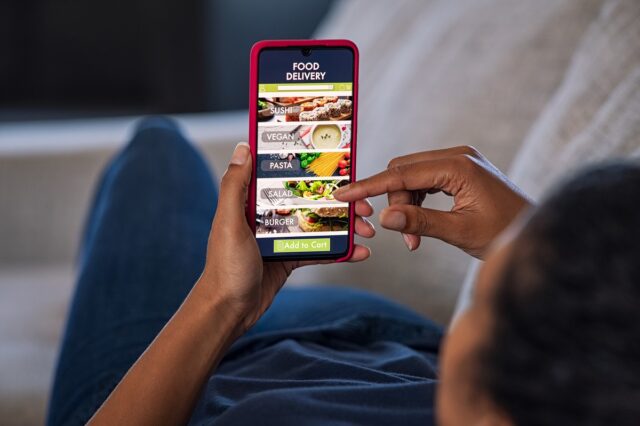
Prioritize High-Quality Images
Visual appeal matters. Use high-resolution images that showcase the allure of your dishes. These can significantly influence purchase decisions by providing a tantalizing preview of what customers may expect.
Make Navigation Seamless
Structure your menu logically. Consider including features like popular dishes, chef’s specials, or even a dietary preference section. A well-organized and easily navigable menu can enhance user experience substantially.
Offer Special Deals or Promotions
Lure in customers with exclusive online promotions or loyalty programs. This adds value to their order and can also help in upselling.
Enable Social Proof
Encourage customers to leave reviews, ratings, or even photos of their meals. This not only builds trust with potential customers but creates a community feeling, enhancing brand loyalty.
Offer Multiple Payment Options
Offering a range of payment methods ensures that you cater to a wider demographic. This could include credit/debit cards, various digital wallets, and even loyalty points if you have a program in place.
Ensure Website Speed
Optimize your website regularly. A swift, responsive site keeps potential customers engaged, whereas slow load times can deter them.
Integrate with Social Media
Promote your latest dishes, special offers, and news through social media channels, and provide easy sharing options on your website. This can help increase your digital footprint and draw in a newer audience.
Personalize the User Experience
Consider features like saving favorite orders, personalized dish recommendations based on past orders, or even birthday discounts. Personal touches can make a user feel valued and enhance loyalty.
The Digital Dine-In

A well-crafted ordering website stands at the intersection of food, technology, and customer experience. As the culinary world adapts to the digital age, restaurants must prioritize online ordering and leverage its potential.
With attention to detail, dedication to user experience, and continuous adaptation, restaurants can ensure they not only survive but thrive in this evolving digital era.

